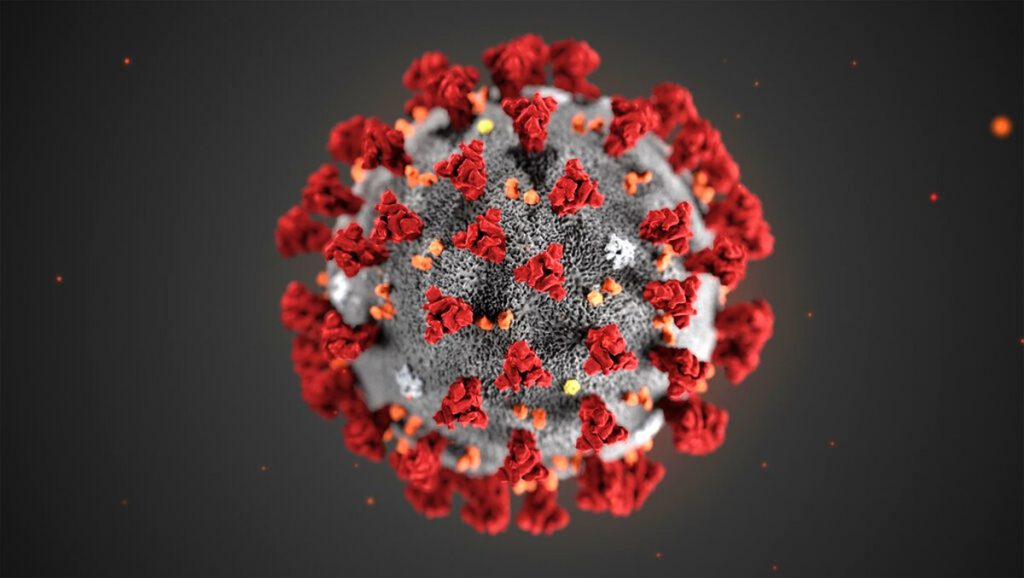53% Get COVID-19 If Someone In Household Infected
New study of families in Wisconsin, Tennessee finds high rate of secondary infection.
Most of the research on how COVID-19 spreads has focused on communities. But it’s also happening in homes.
A new study involving families in Wisconsin and Tennessee suggests COVID-19 infections get passed to other household members more frequently than previously indicated in other reports and that fewer than half of the family members showed symptoms when they tested positive for the disease.
The study’s initial results come as cold weather sets in, and people spend more time indoors.
“A lot of people don’t have immunity to the virus. Think about household dynamics. You’re in close contact with your family members it’s likely you’ll get the virus,” said one of the study’s authors, Huong McLean, a scientist at the Wisconsin’s Marshfield Clinic Research Institute.
The study involved 101 households in the two states. After the first person in a family tested positive at a medical clinic, their family was recruited for a two-week follow up to see if other members of the household became sick. Participants tested themselves daily for COVID-19 using nasal and saliva samples. They also kept track of any symptoms of illness.
The ongoing research is designed to provide critical data regarding the recommended timing and frequency of testing. Results suggest transmission among household members is high and occurs quickly. Roughly 75 percent of secondary COVID-19 infections came within five days of the original patient’s illness.
Researchers recommend people isolate as soon as they have COVID-like symptoms, or before a test following exposure to the virus. They also advise everyone to wear masks within shared spaces in the home.
That’s what Lane Manning did after returning to Wisconsin after visiting Florida in mid-September where he was visiting his sister. One of her friends, which she saw before Manning visited, later tested positive for COVID-19. So Manning, 46, isolated himself in the basement of his Dane County home for 12 days.
Meals were left at the top of the stairs, and he wore a face mask in the house if he went upstairs. Neither his spouse nor his 10-year-old son became infected. But his teenage daughter, Reese, did, and she temporarily lost her sense of smell.
Manning said his 13-year-old daughter played soccer but with a mask on. Both father and daughter recovered from COVID-19.
Manning was not involved in the Marshfield study, which notes that although living in the same household with someone infected with COVID-19 increases risk, it can be difficult to determine whether family members gave it to each other or contracted the virus elsewhere.
Listen to the WPR report here.
Study: Once Someone In Your Household Has COVID-19, Risk Of Secondary Infection Is ‘High’ was originally published by Wisconsin Public Radio.
More about the Coronavirus Pandemic
- Governors Tony Evers, JB Pritzker, Tim Walz, and Gretchen Whitmer Issue a Joint Statement Concerning Reports that Donald Trump Gave Russian Dictator Putin American COVID-19 Supplies - Gov. Tony Evers - Oct 11th, 2024
- MHD Release: Milwaukee Health Department Launches COVID-19 Wastewater Testing Dashboard - City of Milwaukee Health Department - Jan 23rd, 2024
- Milwaukee County Announces New Policies Related to COVID-19 Pandemic - David Crowley - May 9th, 2023
- DHS Details End of Emergency COVID-19 Response - Wisconsin Department of Health Services - Apr 26th, 2023
- Milwaukee Health Department Announces Upcoming Changes to COVID-19 Services - City of Milwaukee Health Department - Mar 17th, 2023
- Fitzgerald Applauds Passage of COVID-19 Origin Act - U.S. Rep. Scott Fitzgerald - Mar 10th, 2023
- DHS Expands Free COVID-19 Testing Program - Wisconsin Department of Health Services - Feb 10th, 2023
- MKE County: COVID-19 Hospitalizations Rising - Graham Kilmer - Jan 16th, 2023
- Not Enough Getting Bivalent Booster Shots, State Health Officials Warn - Gaby Vinick - Dec 26th, 2022
- Nearly All Wisconsinites Age 6 Months and Older Now Eligible for Updated COVID-19 Vaccine - Wisconsin Department of Health Services - Dec 15th, 2022
Read more about Coronavirus Pandemic here






















